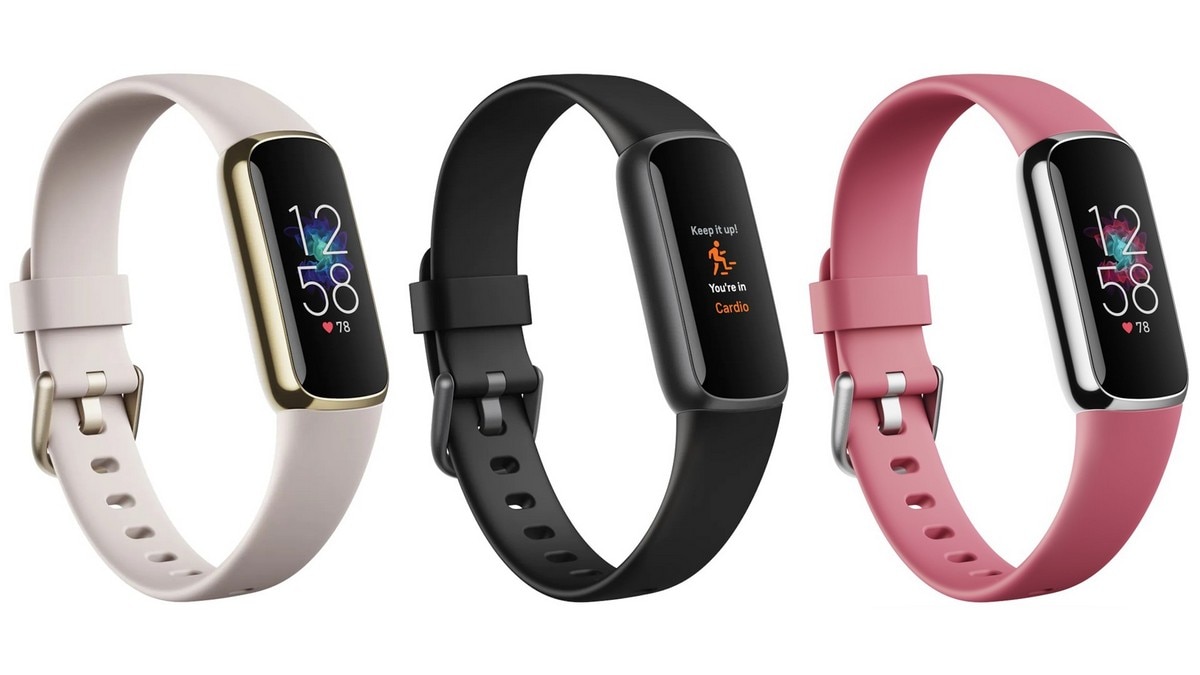
Fitbit has started rolling out Irregular Heart Rhythm Notifications to nine of its products. Earlier this month, Fitbit had received clearance from the US Food and Drug Administration (FDA) for the company’s new photoplethysmography (PPG) algorithm to identify atrial fibrillation (AFib). This new algorithm will be employed to power the new feature on Fitbit wearables. Users receiving the notification will also get a prompt of the potential next steps they can take. The smartwatches that support the new feature include Fitbit Sense, Fitbit Versa 3, and Fitbit Luxe, among others. The company has said that the notifications feature is not meant for use by people younger than 22 years of age.
Fitbit’s Irregular Heart Rhythm Notifications will alert the users of a potential heart related issue. With the new feature, Fitbit analyses the users’ heart rhythm while they are still or sleeping and looks out for potential signs of AFib.
As mentioned earlier, Fitbit had received clearance from the US FDA for its new PPG algorithm on April 11. The PPG algorithm is being put to use to identify AFib and power the new Irregular Heart Rhythm Notifications.
When a user receives the Irregular Heart Rhythm Notifications, they will receive a prompt of their next steps — to consult a healthcare provider and not to change the medication or current healthcare regimen of the user without talking to a healthcare provider.
As of now, the feature is available in the United States and is compatible with nine of Fitbit’s devices – Fitbit Sense, Fitbit Versa 2, Fitbit Versa 3, Fitbit Versa Lite, Fitbit Charge 3, Fitbit Charge 4, Fitbit Charge 5, Fitbit Luxe, and Fitbit Inspire 2.
Fitbit has said that the Irregular Heart Rhythm Notifications is not intended for use by people under 22 years of age or with known AFib. The company mentioned it a blog post that, “the Fitbit irregular heart rhythm notifications feature is not continuously looking for AFib. This means it cannot identify all instances of AFib, and you may not get a notification even if you have AFib.”




















